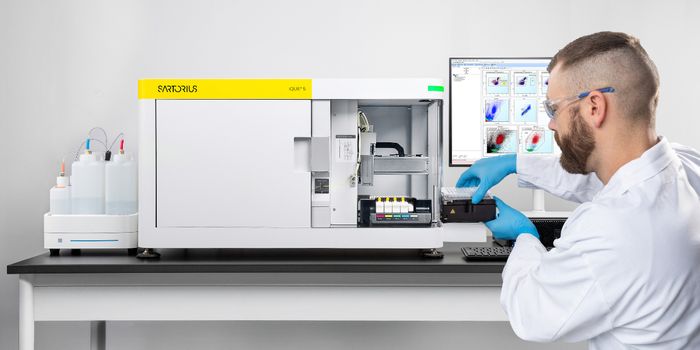
Cancer cells may actually be spurred on by the death of nearby cells,
reported scientists at the NYU Langone Medical Center. In a bizarre and paradoxical twist, they found that cancer cells thrive on chemical signals released by cells undergoing an orchestrated death event known as necroptosis. Knowing this highlights the importance of studying cancer in the context of its biological system, and could point researchers to new anti-cancer targets.
The cells in our bodies are equipped to die when they’re too old or have acquired to many damages or mutations. This biological “self-destruct” mechanism prevents mutated cells from propagating and harming the host. In contrast to the orderly process of programmed cell death induced by apoptosis, cells that die via necrosis experience a messier fate whereby their contents spill into the surrounding environment. This can trigger inflammatory responses that are otherwise absent in apoptosis. Cells can also undergo programmed necrosis – a process known as necroptosis.
Despite these checkpoints, cancer notoriously evades cell death, proliferating despite its many mutations. And it may do so by taking in chemical signals from its dead neighbors.
The research team, led by George Miller at the NYU Langone Medical Center, focused on pancreatic ductal adenocarcinoma (PDAC) – the most aggressive form of pancreatic cancer to diagnose and treat.
They found that dying tumor cells release small proteins called CXCL1, which attract and trap immune cells to prevent them from destroying the cancer cells. The PDAC tumor cells, in turn, use CXCL1 to drive its own tumor growth.
"Our findings are the first to show that cancer cell death via necroptosis can actually promote tumor growth, as this process results in suppression of the body's immune response against the cancer," said George Miller, associate professor in the Departments of Surgery and Cell Biology, and senior study author. "What is equally significant is that these findings might also be relevant to other tumor types."
In addition to CXCL1, they also found that dying tumor cells also release another protein, SAP130, which activates inflammatory immune cells. They found this activation spurred PDAC tumor growth in mice.
"This study exemplifies the importance of examining cancer within the actual context in which it grows," said Gregor Werba, co-first author of the study. "In our initial studies, inhibiting necroptosis in PDAC cells increased their ability to grow in tissue culture. However, when we began to study the same process in mice, we were surprised to see just the opposite effect, and this was mainly due to the immune response of the cells surrounding the tumor." Thus, the team is hopeful to discover new targets for inhibiting cancer growth in the necroptosis pathway.
Additional source:
Science Daily
 Cancer cells may actually be spurred on by the death of nearby cells,
Cancer cells may actually be spurred on by the death of nearby cells, 







